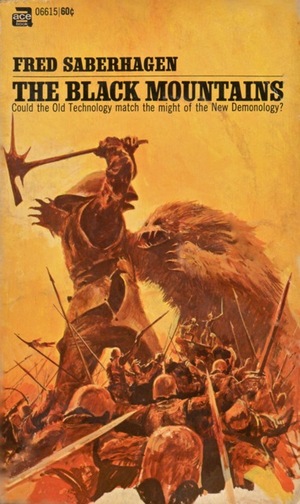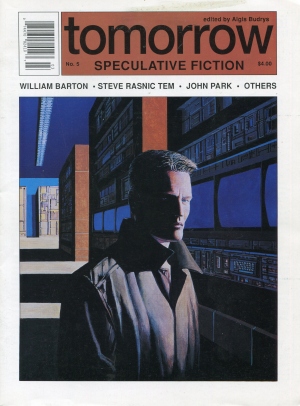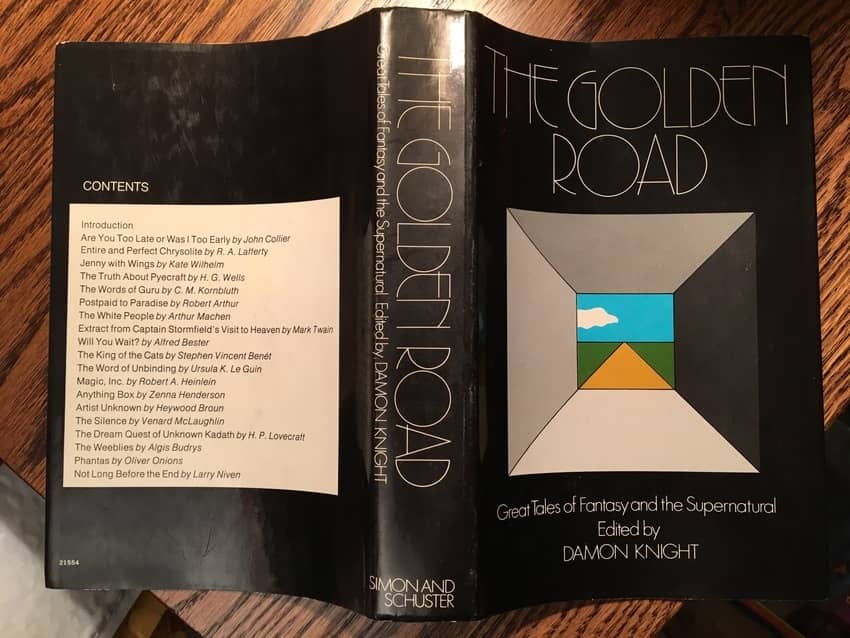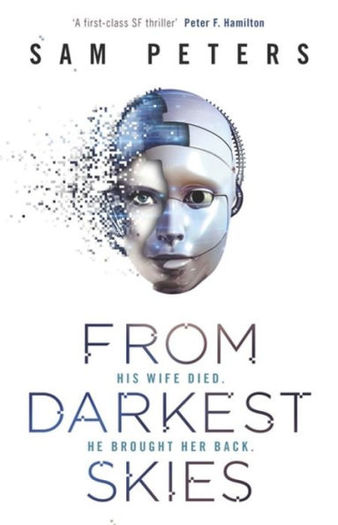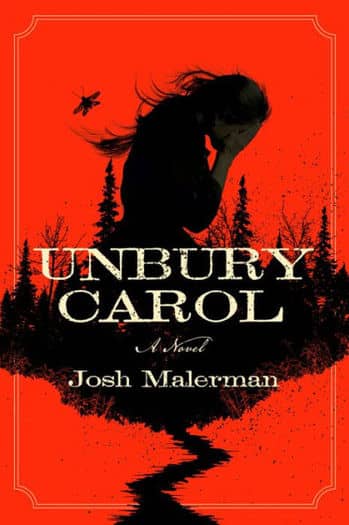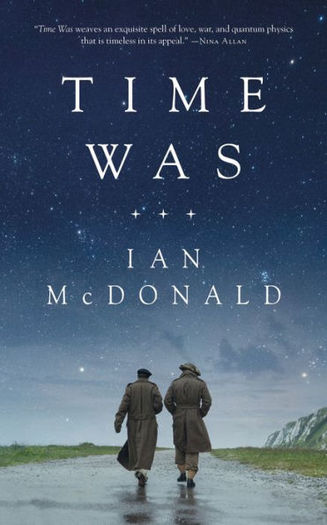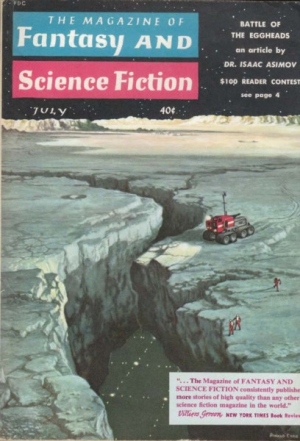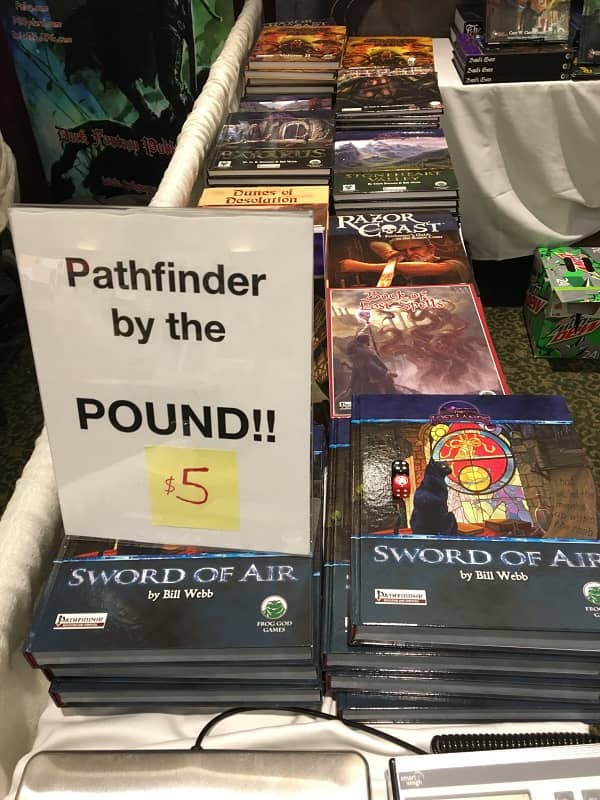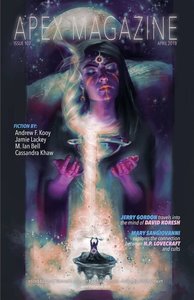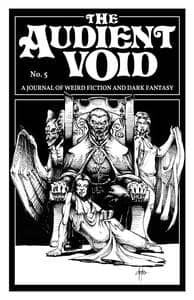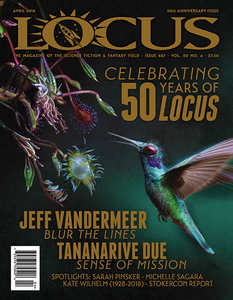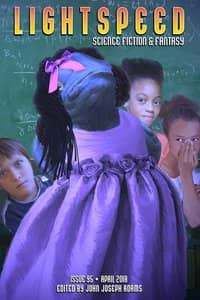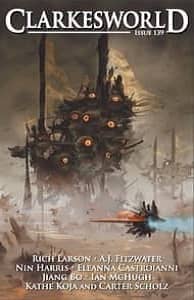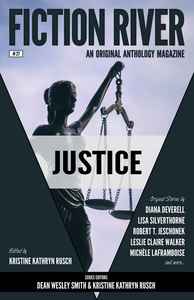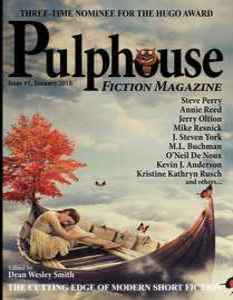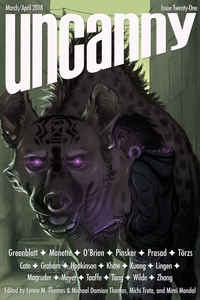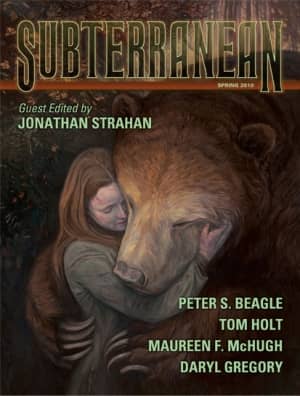How Much Adventure Can Fit on One Planet? Find Out in Tarsus: World Beyond the Frontier
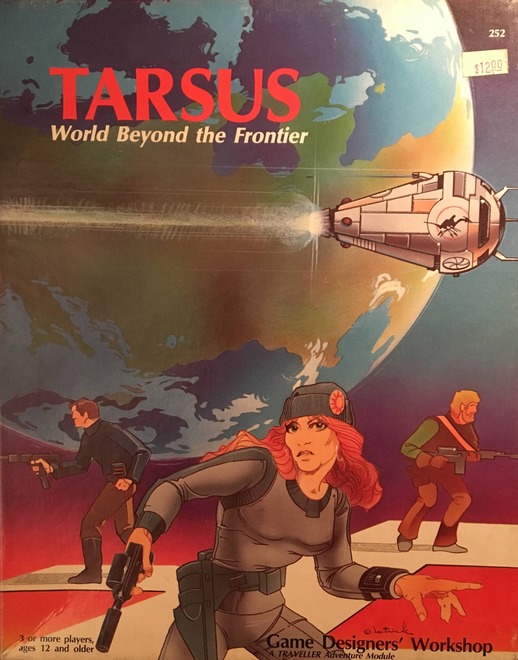 |
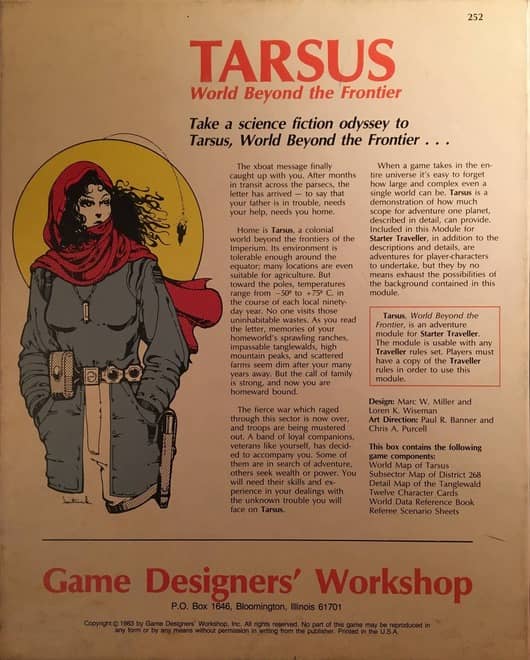 |
I started playing Traveller in 1980, using Marc Miller and Frank Chadwick’s original 1977 boxed set from Game Designers’ Workshop. I really enjoyed it although — as I noted in my 2014 article on GDW’s Dark Nebula and Imperium board games — it was a little light on setting.
The original boxed edition of Traveller didn’t really have a setting — it was sort of a generic system for role playing in space, and it drew on the popular vision of a galaxy-spanning human civilization found in the science fiction of the time by Poul Anderson, Isaac Asimov, Keith Laumer, H. Beam Piper, and others. (James Maliszewski did a splendid job of re-constructing the formative SF behind Traveller in “Appendix T.”) It was a game desperately in need of a rich setting, and it found one in Imperium.
Looking back, that critique was perhaps a little harsh. Yeah, the 1977 boxed set forgot to include a setting, and the publisher had to steal one from Imperium. But it wasn’t long before GDW began to improve the situation by producing high quality supplemental materials for Traveller. One of their better efforts was the boxed set Tarsus: World Beyond the Frontier, designed by Marc W. Miller and Loren K. Wiseman and released by GDW in 1983. I recently tracked down a copy, and I really wish I’d had it for those early gaming sessions in the trailer in my back yard in 1980.
